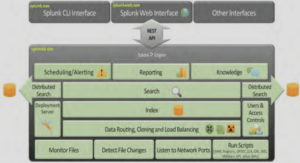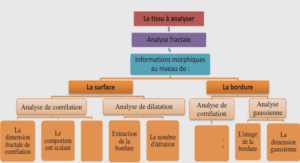Influence of feedstock parameters on the viscosity
This section presents the influence of feedstock parameters such as powder shape, powder size, binder type, solid loading, temperature, and shear rate on the viscosity of HPIM as well as LPIM feedstocks with a predominance with focus on LPIM feedstocks when it is possible (i.e., when it exists).
Influence of shear rate on viscosity
The abrupt variations in the shear rate in viscosity profiles had an impact on the MIM compounds. At the specific shear rate, feedstock particles could not create the layers and get slided. When the shear rate decreased, the viscosity also reduced leading to non-uniform flow particularly for the particles with uneven shapes [96-97]. Similarly, the packing that is nearly full is integrated into the binder separation from the powder [98-99-10]. The viscosity could be predicted for any model if the blend composition, powder characteristics and the shear rate are already known. In case of LPIM feedstocks, as shear rate increases, viscosity decreases resulting in shear thinning (a pseudo-plastic behavior of feedstocks). The change in viscosity for different shear rates for 316L feedstocks have been evaluated for different temperatures at 190, 210 and 230℃ by Shin, et al.
Influence of solid loading on the viscosity
Solid loading is one of the most critical parameters that is used to influence the mechanical properties of PIM parts which is estimated based on the critical solid loading [129]. The critical solid loading corresponds to a composition where the particles are in point contact and the interspaces filled with binder. Molding is usually performed at the optimum solid loading which is taken as 2-5% lower than the critical value [79]. Emeka, et al. [101] investigated a solid loading of 68% and 50% for SS17 4PH and 3YSZ powders respectively chosen as optimal loading with each 3% less than the critical value. A typical binder was formulated from 60% palm stearin and 40% polyethylene. The rheological results for the two materials exhibited pseudo plastic behavior corresponding to a decrease in viscosity with an increasing shear rate. The results also showed that a temperature of 130℃ was appropriate for injection molding of both feedstocks. Furthermore, in the study, a high solid loading was selected to minimize shrinkage during subsequent debinding and sintering steps [7].
Metal powders with high packing density require less binder to increase the viscosity of the feedstock which directly impacts solid loading [81]. It is ideal to have small, spherical shaped powders for better flowability and higher solid loading [103]. Nowadays, micro metal injection molding (µMIM) becomes among the promising method in powder metallurgy study to create an intricate small-scale part at an active process and competitive price for mass production [104], and the global metal injection molding (MIM) business size was estimated at USD 2.1 billion in 2015 and is predicted to grow at a CAGR of 11.9% from 2016 to 2025.
Influence of temperature on viscosity
The feedstocks flowability, the binder separation tendency, and its rheological parameters such as mold or nozzle temperature have a significant impact on the efficiency of the PIM manufacturing process. The study made by Jenni, et al. [106] investigated the comparison of the filling characteristics of the various aluminum and tungsten feedstocks. To minimize the separation of powder and binder, many methods such as decrease of the nozzle size and decrease of the mold temperature have been used optimizing the injection speed is also useful to minimize the time taken for separation of the feedstock. A feedstock with less mobility shifting has a lesser separation between the powder and binding. The effect of the change in temperature on the flow behavior is minimal, and hence a quick change in temperature is necessary to see any difference in the flow behavior.
Influence of binder constituents on the viscosity
Cetinel, et al. [108] investigated the rheological characteristics of the zirconia–paraffin feedstocks for the LPIM regarding the storage time, binder composition, and temperature. This study demonstrates that the dispersant produced a significant impact particularly on the time-dependent flow of the zirconia–paraffin feedstocks which may affect the remaining process and the reproducibility. The feedstocks containing a different quantity of dispersants have been used to find the required quantity of dispersant for the zirconia particles. The calculated values of the absorption model have been compared with the observed values. It has been seen that the feedstocks stored at a high temperature for many days have lower viscosity and yield stress. Also, the number of days stored has influenced these parameters due to the chemical and physical reactions of the zirconia and the dispersant.
Four different MIM feedstocks have been analyzed by Li, et al. [109] based on the composition percentage of iron and nickel. A PW-PP feedstock cannot be used due to difficulties in binder-powder separation. PW-EVA has lower viscosity, and hence it can flow easily, while PW-EVA-HDPE has the highest viscosity hence it has difficulty in flowing.
INTRODUCTION |






